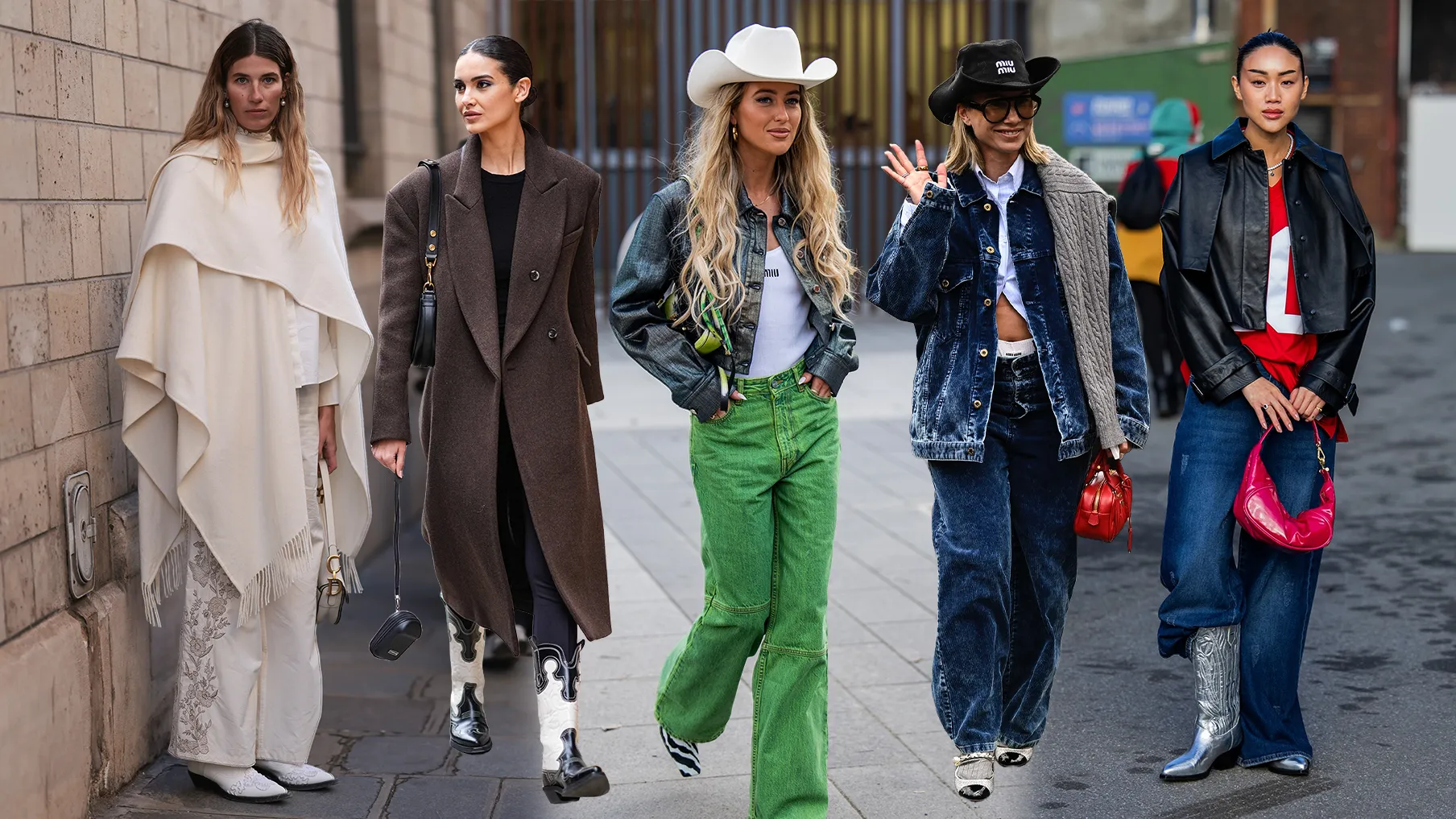Awareness Sustainable Fashion: A Comprehensive Guide to a Greener Future
In recent years, the fashion industry has come under increasing scrutiny for its environmental and social impact. As consumers become more awareness of these issues, sustainable fashion has emerged as a vital response. However, this movement aims for a more responsible and ethical fashion industry, which can focus on eco-friendly practices, fair labor, and a commitment to reducing waste, and wants to make. In this blog post, we will delve into the various aspects of sustainable fashion, its significance, and how each of us can contribute to this growing movement.
Understanding Sustainable Fashion
The awareness of sustainable fashion encompasses clothing, accessories, and footwear produced, marketed, and consumed in ways that are environmentally friendly and socially responsible. This concept includes a wide range of practices designed to minimize the negative impact of fashion on our planet and its inhabitants. Sustainable fashion is not merely a trend; it represents a necessary shift in how we approach clothing production and consumption.
The fashion industry is one of the largest polluters globally, contributing significantly to greenhouse gas emissions, water pollution, and waste generation. According to the United Nations, the fashion industry is responsible for about 10% of global carbon emissions. This alarming statistic underscores the urgent need for change within the industry. Sustainable fashion seeks to address these pressing issues by promoting practices that prioritize the health of our planet and its people.

The Principles of Sustainable Fashion
1. Eco-Friendly Materials:
Basically, sustainable fashion is the use of eco-friendly materials, which are available in the form of clothes and bags, and more. These materials are sourced in ways that minimize environmental harm. For instance, organic cotton is grown without harmful pesticides and fertilizers. Other sustainable options include Tencel, hemp, and recycled polyester. By choosing these materials, brands can significantly reduce their ecological footprint.
2. Ethical Production:
Additionally, awareness of sustainable fashion also emphasizes ethical production practices. That means ensuring fair labor conditions, fair wages for workers, and a safe working environment. However, many fast fashion brands exploit cheap labor in developing countries due to poor working conditions. Sustainable fashion upholders for transparency should be in the supply chain, which can allow consumers to make choices about the brands informed which they support.
3. Waste Reduction:
The fashion industry generates an enormous amount of waste, with estimates suggesting around 92 million tons of textile waste produced each year. Sustainable fashion seeks to reduce this waste through various strategies. Upcycling, for example, involves repurposing old garments into new products. Recycling textiles can also help divert waste from landfills. Additionally, brands are increasingly designing clothing that is durable and reprepairable, encouraging consumers to buy less and invest in quality pieces.4. Slow Fashion: The concept of slow fashion is a direct response to the fast fashion phenomenon. Fast fashion promotes rapid production and consumption, leading to a throwaway culture. In contrast, slow fashion encourages consumers to value quality over quantity. It promotes timeless designs that can be worn for years rather than fleeting trends. Whenever by embrace slow fashion, nowadays consumers can make more conscious choices about their clothing purchases and others.
5. Local Production:
Supporting local artisans and manufacturers is another important aspect of sustainable fashion. By producing clothing locally, brands can reduce their carbon footprint associated with transportation. Local production also supports local economies and fosters a sense of community. Consumers can contribute to sustainable fashion by choosing to buy from local designers and makers.
6. Consumer Awareness:
Educating consumers about the impacts of their purchasing decisions is crucial for the success of sustainable fashion. However, many consumers are unaware of the social and environmental consequences of fast fashion nowadays. By raising awareness, brands can encourage more mindful consumption habits. This can include promoting the idea of buying less, supporting ethical brands, and choosing quality over quantity.
The Importance of Sustainable Fashion
The importance of sustainable fashion cannot be overstated. As the fashion industry continues to grow, so does its impact on the environment and society. Here are some key reasons why sustainable fashion is essential:
1. Environmental Protection:
Sustainable fashion aims to protect the environment by reducing pollution, conserving resources, and minimizing waste. By adopting eco-friendly practices, the industry can significantly decrease its carbon footprint and contribute to a healthier planet.
2. Social Responsibility:
The fashion industry has a responsibility to ensure fair labor practices and safe working conditions for all workers. Sustainable fashion advocates for ethical production, which helps protect the rights and well-being of workers in the supply chain.
3. Consumer Empowerment:
However, by choosing sustainable fashion, consumers can make a positive impact on the world. Every purchase is a vote for the kind of industry or company they want to support.
When consumers prioritize sustainability, they encourage brands to adopt more responsible practices.
4. Economic Viability:
Additionally, sustainable fashion can also be viable economically. As consumers become more aware of the importance of sustainability, there is a growing demand for eco-friendly products. Brands that embrace sustainable practices can tap into this market and attract conscious consumers.
5. Cultural Shift:
A move toward more conscientious consumption is reflected in sustainable fashion. It promotes a more deliberate approach to dressing and questions the idea of disposable fashion. The fashion business and society at large may have a more sustainable future as a result of this change.
Ways in Which Customers Can Support Sustainable Fashion
However, the sustainable fashion movement heavily relies or depends on its customers. The following are some doable actions that anyone may take to help:
1. Educate Yourself:
Learn about the effects of the fashion business on society and the environment, as well as sustainable fashion methods. Being aware of these challenges can help you make better decisions because knowledge is power.
2. Choose Sustainable Brands:
Support those brands that prioritize ethical practices and sustainability. Look for certifications, such as Fair Trade or GOTS (Global Organic Textile Standard), which indicate a commitment to responsible production.
3. Buy Less, Choose Wisely:
Embrace the principles of slow fashion by buying less and choosing quality pieces that will last. Invest in timeless designs that can be worn for years rather than trendy items that may quickly go out of style.
4. Upcycle and Repair your wardrobe:
Instead of discarding your old clothes, consider upcycling or repairing them. Get creative and transform old garments into new pieces or fix minor damages to extend their lifespan.
5. Participate in Clothing Swaps:
Organize or participate in clothing swaps with friends or community members. However, this is a fun way to refresh your wardrobe without contributing to waste.
6. Upholders for Change:
Use your voice to advocate or upholders for sustainable practices within the company or fashion industry. Share information on social media, support campaigns for ethical labor practices, and encourage others to make conscious choices.
Conclusion
Sustainable fashion is more than just a trend; it is a necessary movement towards a more responsible and ethical fashion industry. By prioritizing eco-friendly materials, ethical production, waste reduction, and consumer awareness, we can create a positive impact on the planet and its people. However, as consumers, we have the power to drive or make a big change by making informed choices and supporting brands that can align with our values. Now we can together contribute to a more sustainable future choice for fashion and the world.











